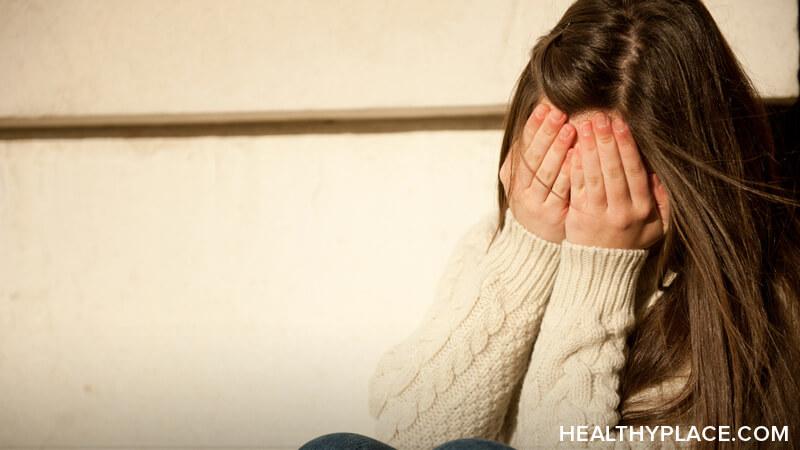
When you have a history of trauma, dealing with betrayal can feel devastating. We all face betrayals of sorts throughout our lives. Unfortunately, hurt people hurt people. Some parents exploit their children; some spouses have affairs; some friends backstab their childhood besties, etc. Betrayal is all around us. We betray others in small ways; they betray us just the same. Sometimes, it's unintentional. Other times, it's purposeful. Nevertheless, it happens. But add a history of trauma to betrayal, and it's even more detrimental.
The Correlation Between Trauma and Betrayal
Dealing with betrayal after trauma can be especially difficult. In my experience, it's already difficult for me to feel loved, valued, and respected. I grew up feeling like my body was not my own — like I owed it to others. I felt like my body was all I had to offer, really. My appearance was a golden ticket to love. And so, any time someone came into my life and truly valued me for who I was in my entirety — my thoughts, my energy, my passions, my personality — I lived and breathed by their validation. I finally felt like I could be seen fully as myself — and be loved for it.
But when that same person betrayed me, whether by lying to me, disrespecting me, or manipulating me, I felt re-traumatized. The wound that person initially helped heal was now deeper. It was bleeding again, and I was left to nurse it alone.
Noticing a pattern of betrayal after my own trauma made me question myself and everyone around me. Not only that, but I also felt as though I unintentionally attracted more betrayals. Perhaps it's because I, myself, didn't feel worthy of love. In turn, I searched for it in the wrong people. I ignored red flags and gave my power away, all in the same of "love."
Dealing with Betrayal After Trauma
Now, this isn't a "woe is me" narrative. Today, I'm careful not to wallow in victimhood. Have I been a victim? Yes, I have been. We all have been, in some way. But remaining one and continuing to label yourself one only keeps you small and vulnerable.
Instead, what I've learned to do is change the script. I remind myself that another person's actions do not reflect my worth. If someone chooses to betray you, they can live with that reality for the rest of their lives. You, on the other hand, get to walk away knowing it wasn't your fault. You get to choose a brighter future with more kindness, love, and self-compassion.
I've learned to reflect on my past and consider how I can better protect myself while also accepting that we can never truly predict how someone will treat us. Sometimes, we have to trust that either way, we are strong enough to endure the outcome.
Betrayal might feel heavier when you have a history of trauma. However, it can actually heal on a deeper level than you expected. It can help you search for the love and validation within yourself so you can meet others more authentically and form more genuine connections.
No matter what, betrayal plagues us all. But you get to choose to move forward and try again. Try until you get it right — and believe that you will.